Nature, Science!He asked foreign colleagues to "Laoso" from cold words to hot support
Author:Journal of China Science Time:2022.06.16
Text | "China Science News" reporter Ni Sijie
In less than two months, two achievements were issued in "Nature" and "Science", and quickly rushed to the top 1%of the global science and technology journal papers ... Almost overnight, the high altitude cosmic line observation station (LHAASO) became The popularity of international scientific research.
Prior to this, as one of the global cosmic line observations, Lhaaso was not only valued by international colleagues, but also questioned by some people.
From the initial "cold words" to being "popular", there was a key figure behind this transformation -Lhaaso chief scientist and Chengdu "the most beautiful science and technology worker" Cao Zhen.
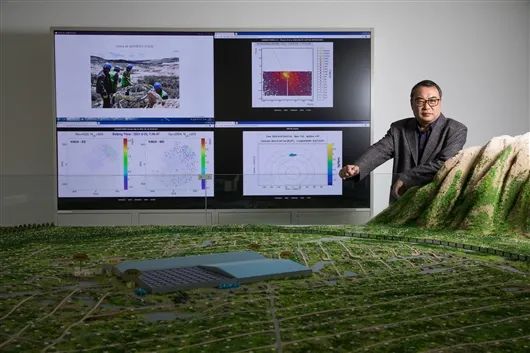
Cao Zhen and Lhaaso sand table. Interviewee confidence
rise
●
point
After graduating from Yunnan University undergraduate, Cao Zhen entered the Institute of High -Energy Physics (hereinafter referred to as high energy institutes) of the Chinese Academy of Sciences to study for a master's degree.
Tan Youheng is a second -generation cosmic line researcher in my country after Wang Yichang, Zhang Wenyu, He Zehui, Xiao Jian and other scientists. He studied in Japan, and after returning to my country, he was committed to building a world -class cosmic line observation base in China.
The teacher Cong Tan Youheng meant that Cao Zhen had to do experimental physics research.
Cao Zhen who wanted to do theoretical physics research, while receiving experimental physics training, stubbornly selected a bunch of theoretical physics courses.
Soon after, Tan Youheng handed Cao Zhen a hand -painted sketch. "Let's do it." Tan Youheng said.
The sketch was drawn by Tan Youheng during the discussion of international colleagues, and the Miaozi detector that can be used in the array that can be used in the array that can detect the universe super high -energy photon.
In 1986, Cao Zhen and his classmates followed Tan Youheng to a small piece of Taoyuan (now the campus of the Chinese Academy of Sciences), and tried to build our own cosmic line observation array with 56 sample machines.
At this moment, American scientists on the other side of the ocean were on his vast drought desert valley, opening a plan to find the universe super high -energy photon.
Thinking of that experience, Cao Zhen laughed at himself: "I was like a grave robber at the time, and I dug three meters with migrant workers for a detector."
Unfortunately, the experiment of the small Miaozi detector in Huairou Taoyuan did not do well because of waterproof waterproof.
However, the experiments in his desert have become a Casa-Mia experiment that once enjoyed the field of cosmic line research.
Although the initial attempt failed, the experience made Cao Zhen see the charm of experimental physics. "Fascinating. Once you do it, you will find this thing very interesting." Cao Zhen said.
This failure did not discourage Tan Youheng.
In the end, he united Japanese and Italian scientists to initiate the "Tibet Plan" and built an experimental experiment with the Yangbajing Cosmic Line Observation Station.
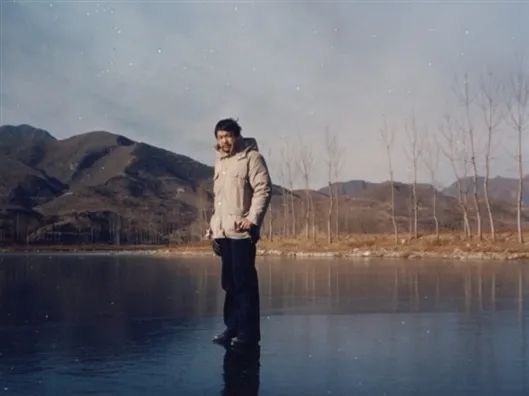
In 1988, Cao Zhen took a photo on the ice surface of Yanqi Lake in Huairou. Interviewee confidence
high
●
Mountain
In 1992, Cao Zhen became the first duty staff on the experiment of the Yangbajing Cosmic Line Observation Station. In Yangbajing at an altitude of 4,300 meters, nature gave him a lesson in the most calm way.
"Oxygen, syncope, insomnia. I have been on the mountains for a lifetime, but this first time I" put over ", let me know the great mountain." Cao Zhen said.
For the cosmic line researchers, in addition to climbing the mountains in reality, they have to climb the peak of science like all scientists.
In 1994, Dr. Cao Zhen, who was still thinking about theoretical physics research.
At this time, he had not followed the trend to go abroad, and decided to go to the international frontier physics research laboratory to take a look. He went to the Department of Physics of the University of Oregon to conduct theoretical physics research as an assistant.
Three and a half years later, he found out like a dream that his heart had been taken away by the cosmic line experiment.
So he went to Utah University and participated in the experimental research of one of the international cosmic line experiments at the time. The first topic he did was to analyze the joint observation data of Hires and the Casa-MIA experiments with him.
During that time, Cao Zhen not only discovered the phenomenon of the second knee of the cosmic line, but also participated in an important discovery -the cosmic line can spectr the phenomenon of "GZK cutting" in the 100,000 -shot electronic volt. After the "fog" left by the Big Bang, the highest energy when it reached the earth. Passing through the "fog" photon, the highest energy that can reach the earth should be around the electron volt.
However, the reality is that the highest energy photon currently measured by humans is below the electron volt at 0.1. "Obviously there is 10 times the space, why would there be this 'limit'?" Cao Zhen wondered.
"The universe is so complicated that you don't know before you carry out experimental exploration." Cao Zhen attributed the reason to the detection method.
Like all experimental physicists, he began to look forward to having a higher performance detection equipment to help humans break through the limit and see the universe clearly.
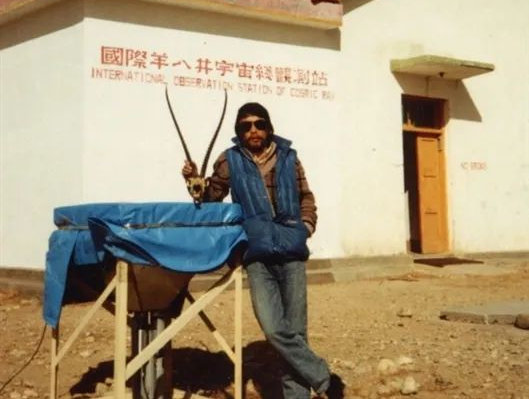
In 1992, Cao Zhen took a photo next to the detector of Yangbajing Cosmic Line. Interviewee confidence
right
●
hand
In 2003, although Utah provided a associate professor's position to Cao Zhen, Cao Zhen, who traveled to the United States for nearly ten years, chose to return to the high -energy institute and Yangbajing.
After returning to China, Cao Zhen became the Chinese leader of the Chinese-Italian cooperation ARGO-YBJ experiment of Yangbajing.
Under his leadership, Yangbajing's Italian Experimental Experiment built a full -covered large -scale air cluster array, and produced a series of scientific research results. In 2008, Cao Zhen received a notice from High Energy: "The state is carrying out the" Twelfth Five -Year Plan "plan. You can consider mentioning a large cosmic line project."
The idea of accumulation for more than ten years suddenly rolled up in Cao Zhen's mind.
After calm down, Cao Zhen led the team to screen out the most feasible idea at that time -combining ground particles detection with the detection method of telescope to achieve multi -energy regional coverage.
After that, they added Shui Chellenkov detectors to the entire project to cover the three energy regions of high, medium and low at the same time.
This idea eventually became a Chinese solution for high altitude cosmic line observation -LHAASO.
"The higher the energy that can be detected, the greater the possibility of discovering the new phenomenon." Cao Zhen told the Journal of China.
At this time, he was facing two strong international competitors: European scientists proposed to build the Chelunkov telescope array (CTA) program composed of more than 100 telescopes; Hawc).
In 2009, when Cao Zhen first shared the LHAASO plan at the international conference, the eyes of international counterparts focused on plans in Europe and the United States.
Not only that, there are some people questioning Lhaaso: "0.1 shooting electronic vight is the limit. You spend so much money to build this thing, you may not see anything in the future."
Cao Zhen's office in Beijing. Interviewee confidence
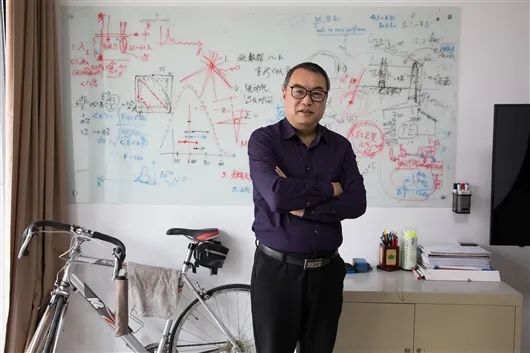
square
●
case
Faced with questioning and cold words, Cao Zhen was holding a lot of energy: "The Chinese plan must prove itself by strength."
With the joint efforts of domestic peers, the LHAASO solution is getting thinner and thinner. They repeatedly communicated with local governments, set Lhaaso on Haizishan at 4,410 meters above sea level in Daocheng, Sichuan. The telescope and 55,000 square meters core detector array.
This scheme is designed under the condition of fully considering the engineering construction environment.
The rapidly changing climate of the plateau, the landform of Haizi Mountain was full of huge gravel landforms, allowing them to abandon the miaozi detector in the core area of the core area during the initial design.
With the scientific operation of half of the array and the gradual deepening of related physical analysis, Cao Zhen realized that although the missing array area was not large, the impact was not small.
He led the construction team to survey at the project site, and it was easy to build a plan to make up the lack of array on the Bingjilong.
In 2019, Cao Zhen (right) checked the water injection situation in Lhaaso's Water Carenkov detector. Interviewee confidence
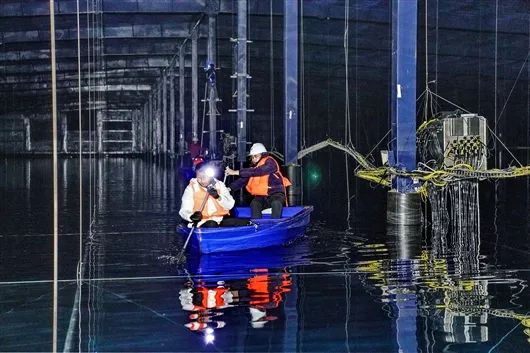
The plateau is cold in winter, and the construction of concrete cannot be carried out. This also means that Cao Zhen, a project manager and chief scientist, must do a lot of scheduling and coordination.
During that time, Cao Zhen often worked overnight, because he didn't worry about the project site, he went to Chengdu and Daocheng at a high frequency.
When coordinating various tasks on the spot, he installed and debugged with students and workers.
These hardships, Cao Zhen rarely said publicly. "Isn't this what I should do?" Cao Zhen shrugged.
In 2019, the third supervision meeting was held in Daocheng. Cao Zhen (third from right) introduced the construction situation to the experts. Interviewee confidence

child
●
son
On May 17, 2021, the LHAASO international cooperation team released the results in "Nature". They found a large number of ultra -high -energy universe accelerators in the Milky Way, overthrowing the "energy interception" that was once widely recognized, thereby opening the era of "ultra -high energy gams of celestial literature".
In less than two months, they also published results in the magazine of Science, accurately measure the brightness of the standard candlelight of high -energy astronomy, and challenge the "standard model" of electronic acceleration in high -energy celestial physics.
At the two press conferences, Cao Zhen was a spokesman. His cheerful loud voice makes it difficult for people to associate with the word "Flower Armor".
In May 2021, Cao Zhen spoke at the results conference. High -energy drawing

These achievements shocked international colleagues. Scientists who have questioned Lhaaso have applied to Cao Zhen for international cooperation.
In the international science and technology journals, there are also a large number of research on super high energy gamma rays. As long as it involves ultra -high energy Gamma research, Lhaaso must be mentioned. As the epidemic fades, various series of research conferences and seminars have restarted. The invitations come together.
In July 2021, LHAASO completed the full -formation construction and put into operation.
At this time, it was once considered to be a high -energy gamma -ray astronomy popular CTA program, and only one telescope was built; the US HAWC plan, the detector's performance is far less than LHAASO.
"Except for China, it is impossible to realize the Lhaaso plan so quickly." Cao Zhen said that the amount of infrastructure project alone was enough to make European and American families discourage.
Treating Lhaaso, Cao Zhen is like treating his own children. No matter how successful it is, he is always unwilling.
After three differences, he must "go up the mountain" to see if the data is running well or not, whether the cable is loose, and whether the pool shell containing the detector is bad ...
As a researcher at the third -generation cosmic line in China, Cao Zhen, who is about to retirement, has also arranged Lhaaso and the fourth -generation and fifth -generation cosmic line researchers from LHAASO.According to his plan, the telescope formation team can build another 32 telescope on LHAASO in the future, so that LHAASO has the ability to identify the launch position of the ultra -high -energy cosmic line, further approach the final answer;Go to the southern hemisphere to build an observation station 4 times larger than LHAASO, covering a different sky different from LHAASO; the Water Chellenkov detector team can build a detector array on the bottom of the lake or the sea ...
"In the next decades, the Chinese cosmic line research team will work." Cao Zhen smiled confidently and hearty again, "I will retire when I retire."
In 2021, Lhaaso International Cooperation Photo.Interviewee confidence
Edit | Zhao Lu
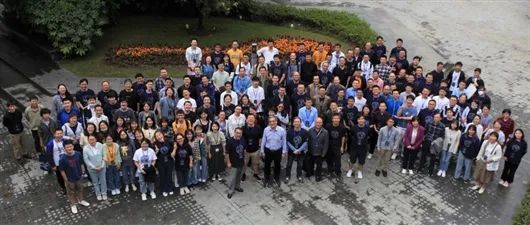
Capture | Guo Gang
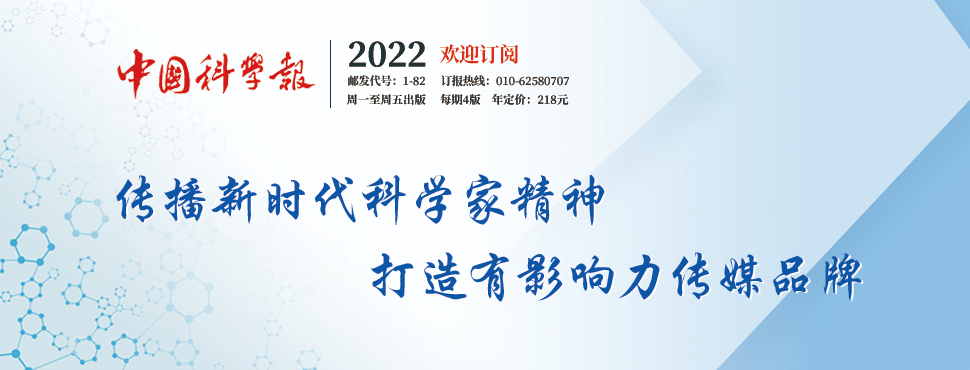
- END -
Robot Story

Innovation -driven development, technology leads the future.As an important measur...
Don't be fooled!

618 Mid -year Shopping Festival comesIt's the season of Chop Hand Party carnivalDo...